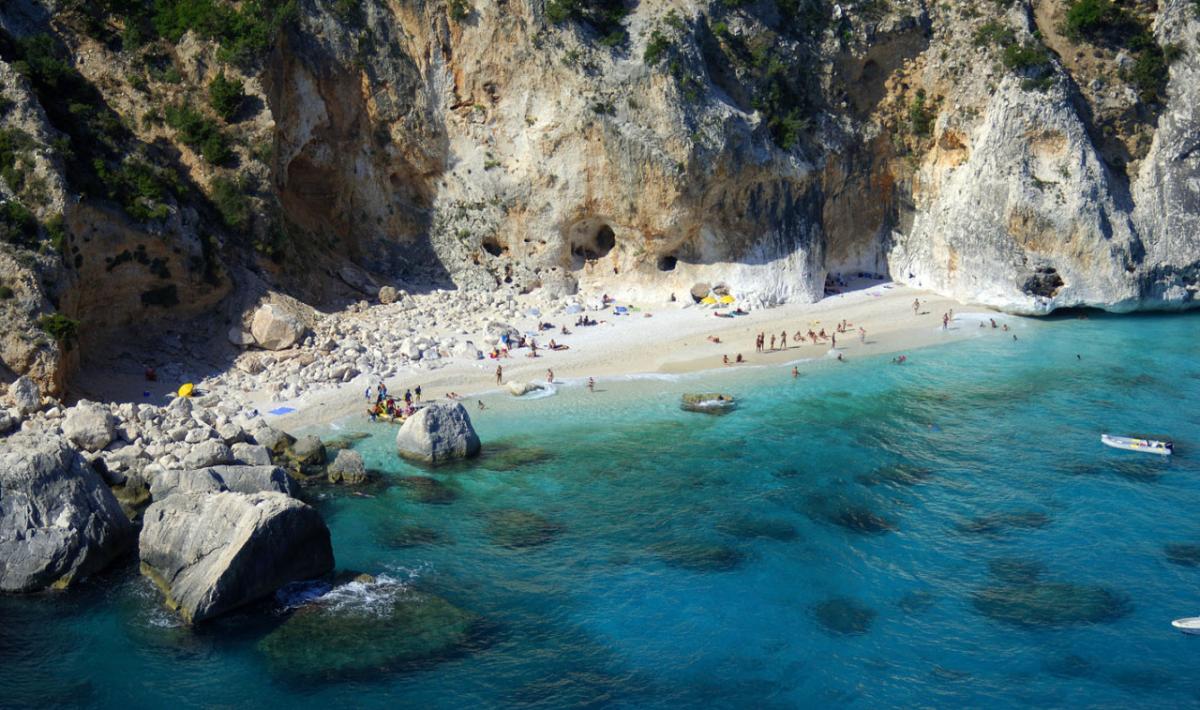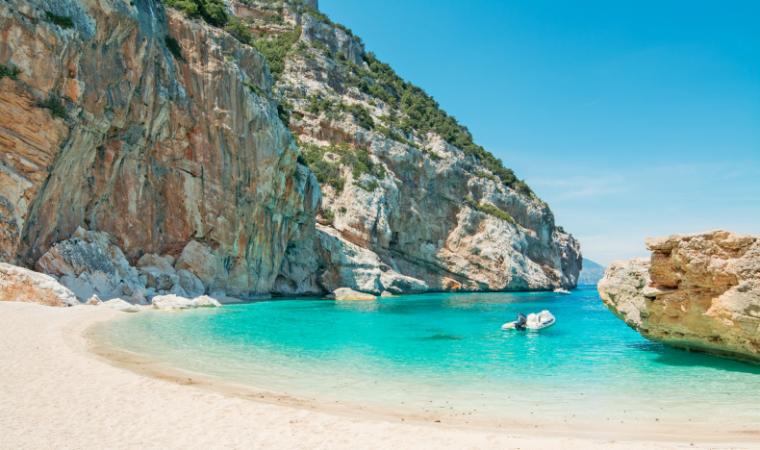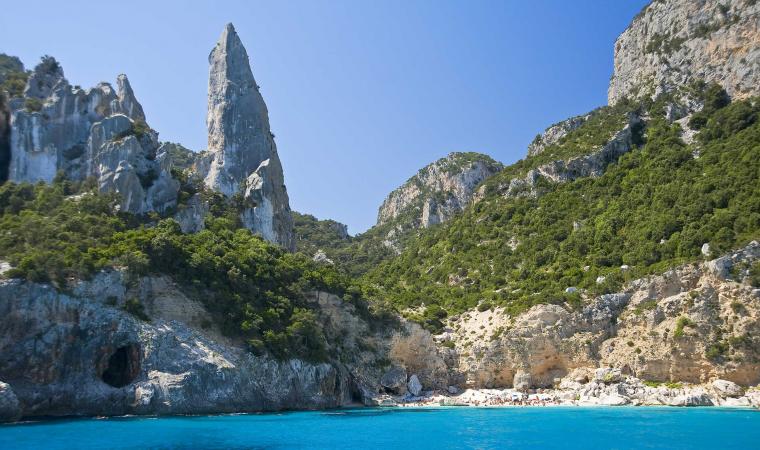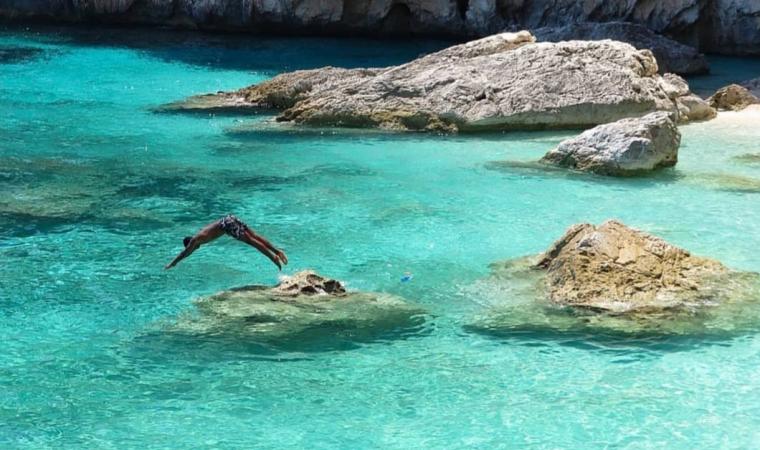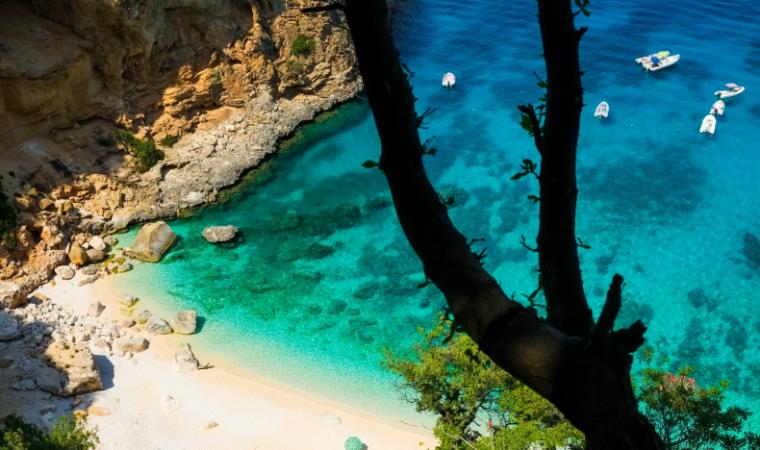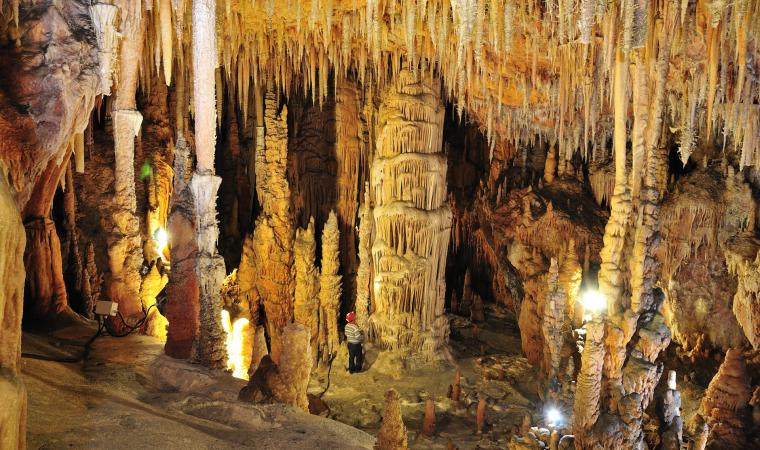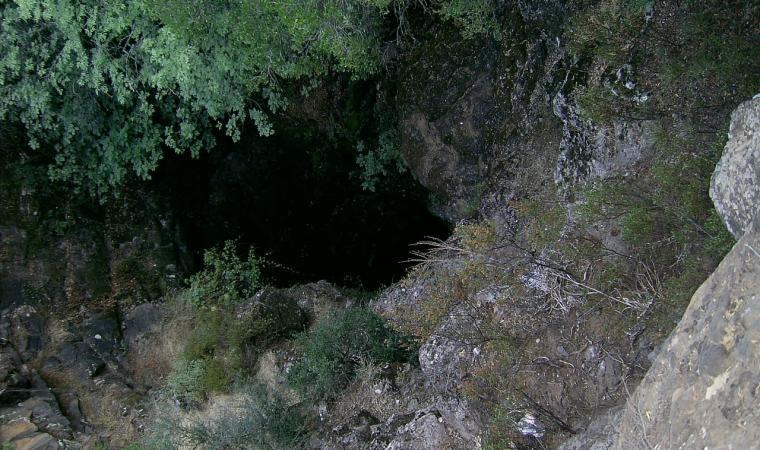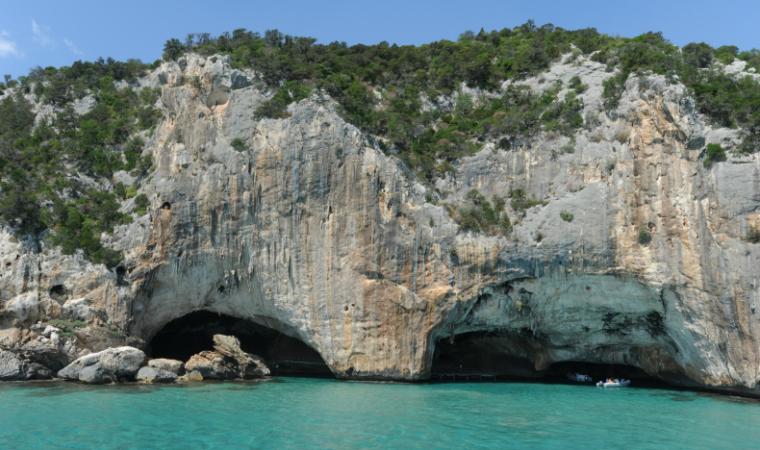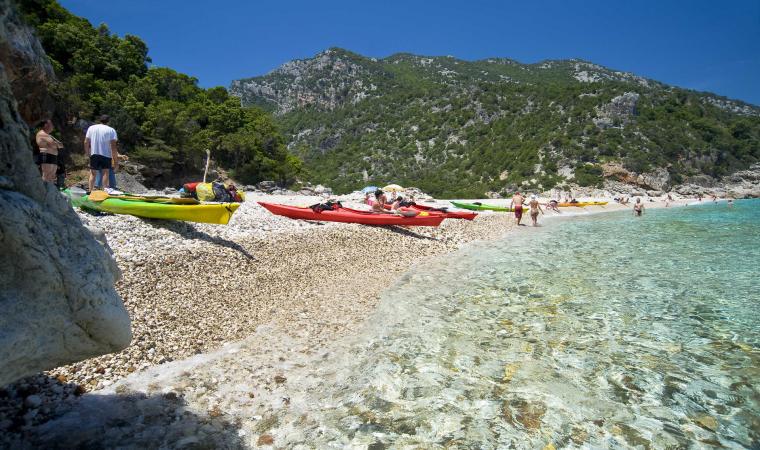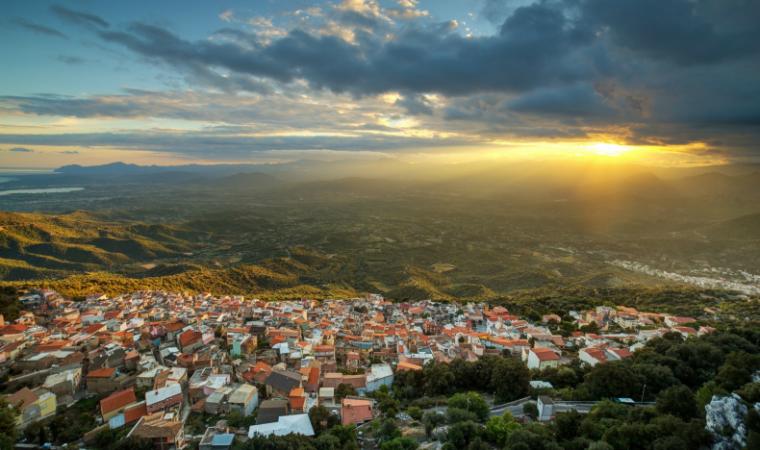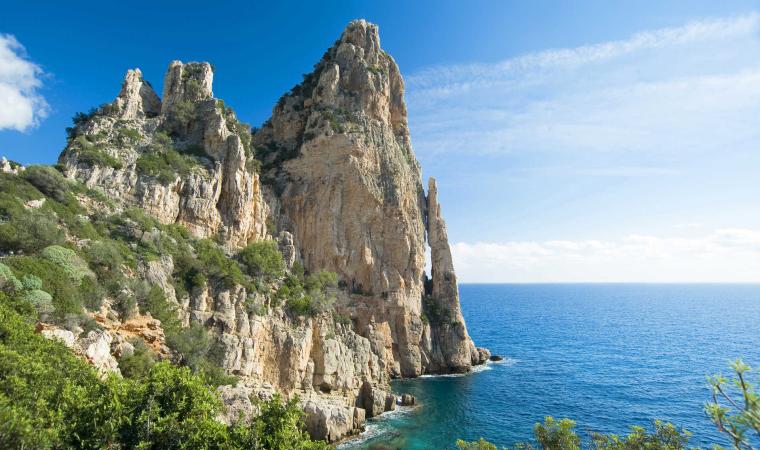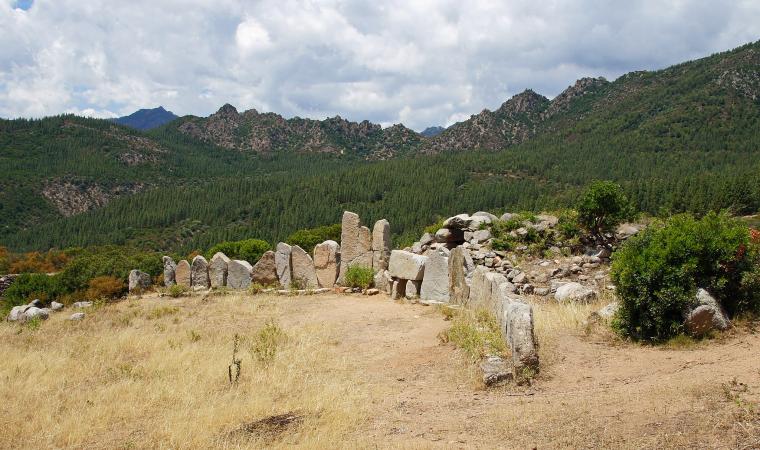“Still little known, obscured by the fame of the nearby Cala Mariolu, it bears the same characteristics: crystal-clear water in shades of green and blue, a cliff polished by time and a lido of white pebbles.” This is why in 2017, Cala dei Gabbiani was chosen by the experts of Skyscanner, a famous holiday web portal, as the second most beautiful beach in Italy. The classification values less-known creeks, ‘hidden pearls’, just like this corner of paradise in the southern part of the Orosei Gulf, within the Baunei territory. It can be reached by sea, like the other ‘pearls’ of the Ogliastra coast, via private boat or on one departing from the marinas of Cala Gonone, Arbatax and Santa Maria Navarrese, or by trekking along a difficult and challenging path (3-4 hours’ walk), recommended for the more experienced and accompanied by guides, starting from the Golgo plateau through the Ispuligidenie forest.
The flat spur of the Ispuligi peak slopes down gently. Until 1953, it was the docking point for merchants who loaded the coal produced by the furisteris (coalmen) – separating the enchanting and pristine Cala dei Gabbiani from the more famous Cala Mariolu, which represents the natural continuation to the south and with which it shares the same scenic impact. Until the end of the 20th century, this stretch of coastline was jointly referred to as Ispulige de nie, or ‘snow fleas’, in reference to the pebbles smoothed by the waves that characterise this area, being flattened and round, coloured cream, white and pink, similar to sugared almonds, all mixed with the white sand and other larger pebbles. These are so-called ‘landslide’ beaches, originating from material falling from the rocks. It is not by chance that the name of the beach is recent, as it derives from the hundreds of seagulls that find refuge here at dusk before flying off in the early hours of the day. From its waters of a thousand shades of blue created by a play of sunlight, emerge scenic bright white rocks. The seabed is certainly worthy of seeing up-close on a dive.
The cove is around 250 metres long, in some points being over ten metres wide and enclosed to the north and south by the mountain overlooking the sea. Behind them, 500-metre-high rock faces rise up, illuminated by the sun and dotted with lush vegetation. The cliffs withdraw to leave room for a wide escarpment covered by dense forest framed by the ridge of the limestone mountain of Serra e’ Lattone. To the north, beyond Cala Mariolu, you can visit Cala Sisine and, halfway between the territories of Baunei and Dorgali, Cala Luna. To the south, the coast continues to a sheer drop to the sea of about one kilometre, before reaching Cala Biriola, Cala Goloritzé and the small beach “La Sorgente”. In the distance, you will see Capo Monte Santo, bordering the gulfs of Orosei and Arbatax, near the picturesque Grotta del Fico. Another gift of nature is seeing the spectacle of flights by of birds such as the peregrine falcon, Eleonora’s falcon, European shag and golden eagle.

